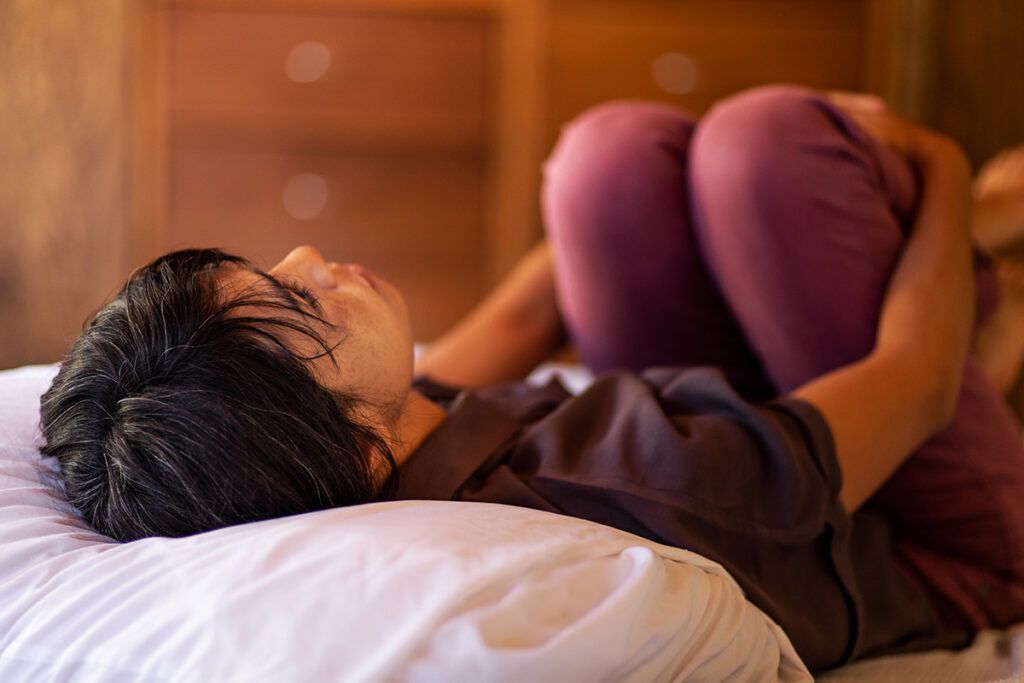Joint pain is a common menopause symptom, affecting over half of those undergoing menopause.
Perimenopause usually begins around the age of 45, when you may start to notice your menstrual cycles become less regular. Menopause is when 12 months have passed since the last period, on average around the age of 52 years.
The symptoms of menopause usually last around 7 years but can last up to 14 years or longer.
Estrogen has anti-inflammatory properties. As its levels drop, you may start experiencing joint pain. These changes can also aggravate existing conditions, such as osteoporosis or arthritis.
Read on to learn more about menopause and joint pain, when to seek advice from your doctor, and ways to manage your symptoms at home.
How does menopause affect the joints?

Your joints are sensitive to changes in estrogen levels during menopause.
Estrogen protects your joints from inflammation. When these levels begin to drop, inflammation and pain may become noticeable.
Lower estrogen levels can also increase your chance of developing osteoporosis — which involves a thinning and weakening of the bones — and arthritis.
At the same time as a fall in estrogen, your testosterone levels, a hormone made from progesterone, decrease. This can make it harder to build and maintain muscle mass.
This loss of musculoskeletal muscle, the muscle that supports your joints, may worsen joint pain in people.
A common place to experience joint pain during menopause is the knee joint. This is because your thigh muscles lose strength to a greater degree than other muscle groups.
Symptoms of menopause joint pain
Joint pain during menopause can occur anywhere in the body. It can feel like stiffness and swelling. You may notice it first in areas of your body that are already susceptible to pain, for example, an existing injury or site of arthritis.
Other areas where it is common to notice pain include:
- neck
- shoulders
- spine, or lower back
- hands
- knees
- elbows
Menopause-related joint pain can feel like typical arthritis pain. If joint pain increases in severity or appears in a new place alongside changes to your menstrual cycle, it may stem from hormonal changes.
Treating menopause joint pain
Treatments for joint pain from menopause include:
- over-the-counter (OTC) medication, such as nonsteroidal anti-inflammatory drugs (NSAIDs)
- lifestyle choices, such as exercise, to improve bone health
- prescription medication, such as menopause hormone therapy
OTC medication
NSAIDs, such as ibuprofen, are anti-inflammatory medications. They can help relieve pain caused by inflammation, including arthritis and menopausal joint pain.
Topical treatments, such as diclofenac (Voltaren), may also help treat stiff, sore joints.
Learn more about Voltaren (diclofenac).
At-home pain relief
Various home and lifestyle remedies can help improve your musculoskeletal health and strength.
Some options include:
- Yoga: Research suggests that people may experience up to 50% improvement in pain, flexibility, and quality of life after 4 weeks of yoga practice during menopause.
- Exercise: Both resistance and aerobic exercise can boost bone density in people with low estrogen levels due to menopause. Improving bone density may reduce joint pain. Exercise can also help manage weight, improve muscle mass, lower stress levels, and improve your quality of life.
- Acupuncture: This may help reduce inflammation and pain in people with arthritis.
- Heat and ice: Warm and cold compresses may offer relief.
It’s best to seek advice from a doctor before trying any new therapy to ensure it’s safety.
Find more ways to treat stiff and achy joints.
Prescription medications
A doctor can prescribe various treatments for joint pain. During menopause, they may recommend menopause hormone treatment.
These therapies aim to replace the hormones your body loses during menopause or following ovarian surgery.
Depending on your needs, a doctor may prescribe:
- estrogen-only medications, such as Alora or Climara
- progestin-only drugs, such as Prometrium or Provera
- a combination of estrogen and progestin, such as Activella or Climara Pro
- a combination of estrogen and other medications, such as Duavee
The drugs are available in various forms, such as gels, patches, pills, and creams.
Hormone therapy may help reduce the number of bone fractures after menopause, even in those without osteoporosis. When combined with resistance exercise, hormone therapy can protect bone health.
Menopausal hormone therapy may also reduce the risk of:
- cardiovascular disease
- type 2 diabetes
- colon cancer
- Alzheimer’s disease, if a person starts it during perimenopause
If you need help covering the cost of medications, the free Optum Perks Discount Card could help you save up to 80% on prescription drugs. Follow the links on drug names for savings on that medication, or search for a specific drug here.
